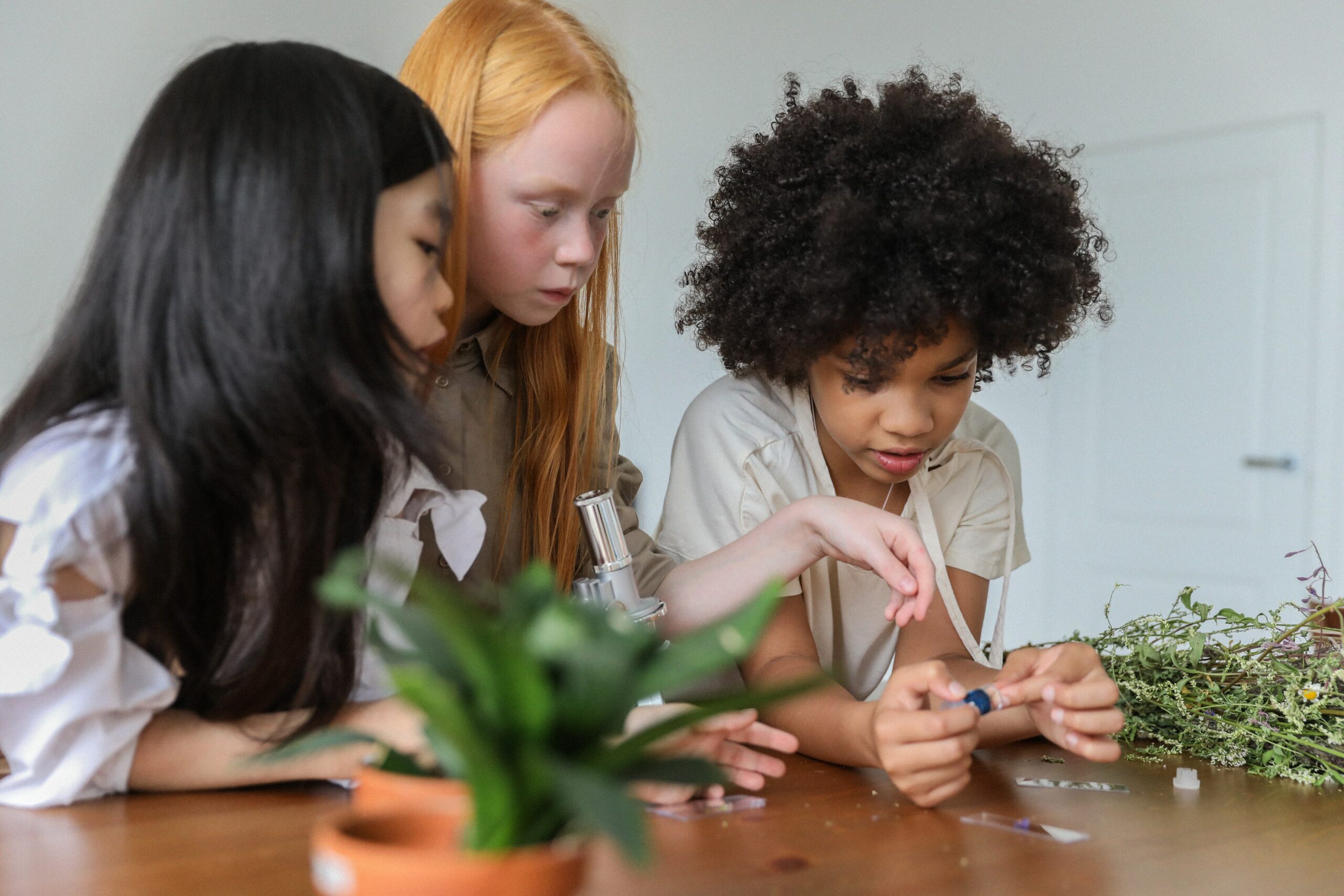Have you heard of the term ‘STEM’? Do you know what it means and how to implement it into your everyday learning?
STEM is an acronym for Science, Technology, Engineering, and Math. It’s sometimes known as STEAM, with Arts added in as well. While STEM is not a stand-alone subject, the combination of these subjects together enables us to integrate different learning outcomes.
Children learn about STEM through project-based learning and the vast amounts of research undertaken on this method suggests that students’ engagement in STEM has made a positive impact. Of course, much of this research was completed in a school environment, but as a home learner, most children are already being taught in this manner.
So why project-based learning?
In the ‘real world’ careers are not usually divided by a specific subject. It is rare that you come across a role where only one skill is required. Therefore, facilitating STEM learning opportunities prepares them for the next generation – for life beyond the 21st Century.

Many of today’s careers did not exist 20 or 30, even 10 years ago. The jobs that they are being trained for were not in existence then, either. Consider social media management, business analysts, drone operators, or anything within the digital space. Similarly, it’s likely that as the world changes, we will be creating new jobs that aren’t even on our radar now.
However, no matter what, we will always need ‘fusion skills’:. Problem-solving, critical thinking, creativity, engineering, design, collaboration, and using technology effectively – these are real and transferable skills. Just as they applied in the past, they will continue to be important in the future.
What skills should I be supporting my child in?
Well, the great news is that you don’t have to have a specialist knowledge in all things science or math. Evoking the natural curiosity of a child is enough to get the ball rolling. It’s exactly what you do in your home classroom as a matter of course – getting the children excited about their next experience.
There are very simple STEM tasks you can do that will give your child the opportunity to exercise their skills in:
- Basic numeracy
- Problem-solving
- Lateral thinking and creativity
- Collaboration
- Critical thinking – inquiry and questioning abilities
- Evidence-based decision-making – looking at all the information presented and making a choice.
- Flexibility
Ideas to help your child explore STEM
STEM works best when you apply it to the real world. Being able to give substance to your child’s challenges makes it tangible and relatable.
Activities could include,
- Baking
- Cleaning
- Shopping
- Bike and scooter rides
- Building block challenges
- Walking out and about
- Trip to the zoo

How can I get the most out of these STEM experiences?
Ask questions to encourage critical thinking.
- Ask hypothetical questions – “If I was to do this, what do you think would happen?”
- Explore their observation skills – “Can you see anything that would help us?”
- What are the most important details here?
- What patterns are you noticing?
- What evidence can you present for/against?
- What solutions can you suggest?
Read a news article and discuss solutions
- How would you stop that from happening again?
- How would you solve that city’s design needs?
- What should they have done instead?
- How can you ensure they have clean water after a natural disaster?
- How could you improve those people’s lives?

Get real-life experience
Many schools have innovative programs that link industries with STEM classes. Find something similar in your local area or contact a sector your child is interested in and ask for a tour or some work experience.
Take a look at our storytelling methods for homeschooling here.


